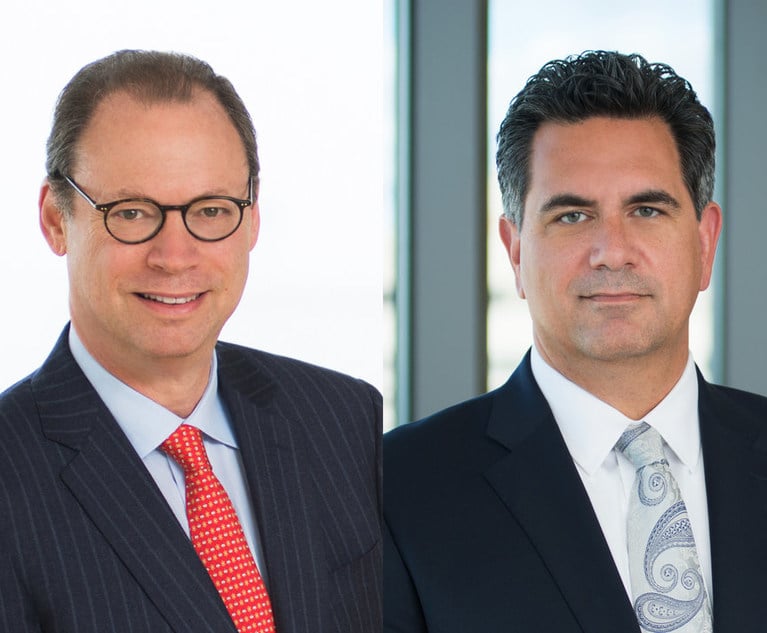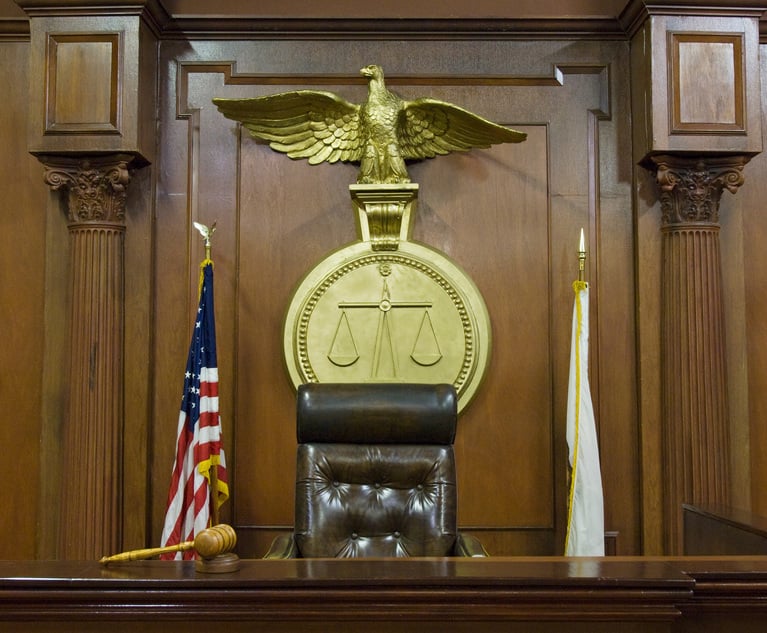In every bankruptcy case, the court is charged with applying the powerful provisions of the Bankruptcy Code to address disputes between, and claims asserted between the debtor and third parties under nonbankruptcy federal and state law. Perhaps there is no better example of the balance bankruptcy courts must strike in this regard than addressing the disposition of contracts in bankruptcy. We have reported on many cases over the years involving disputes under Section 365 of the Bankruptcy Code, which governs the disposition of executory contracts in bankruptcy. Today we have yet another: when a pre-bankruptcy default has occurred under a contract, in order to assume the contract under the Bankruptcy Code, to what extent must a debtor not only cure the pre-bankruptcy defaults, but also provide adequate assurance of future performance? In an opinion issued Aug. 3 in In re Hawkeye Entertainment, (Case No. 21-56264), the U.S. Court of Appeals for the Ninth Circuit held all the requirements for assumption were triggered even though the defaults had been cured or were not material but the debtor could assume the lease because the defaults in bankruptcy were not material enough to require any further undertakings by the debtor going forward.
- The Debtor Defaulted Under Its Lease, But the Defaults Were Minor or Cured Prior to Assumption
The facts of the case are somewhat entertaining. The bankruptcy case was filed solely because of a dispute between a landlord and its tenant. According to the opinion, Hawkeye Entertainment, LLC (debtor) and its affiliate rented four floors in a Los Angeles building for use as a dance club. The landlord twice requested the debtor provide estoppel certificates to assist the landlord in refinancing the mortgage on the property. The debtor refused, claiming there were problems at the property and that it held claims against the landlord. In August 2019, the landlord sent a notice of default to the debtor, alleging the debtor had not installed emergency fire doors, violated its city use permit in multiple ways, improperly sublet the premises, failed to provide estoppel certificates to the landlord, and failed to subordinate its rights under the lease to any future mortgage. The alleged defaults also included that the debtor failed to remove graffiti and improperly leased the premises for church services. The notice demanded the debtor cure the defaults in 15 days or face termination of the lease. The debtor responded, claiming it had attempted to contact the landlord without success, and it was investigating the alleged defaults but required additional information from the landlord. When the landlord did not respond, the debtor filed a Chapter 11 case in the U.S. Bankruptcy Court for the Central District of California.


 Left to right: Andrew Kassner and Joseph Argentina , Drinker Biddle & Reath
Left to right: Andrew Kassner and Joseph Argentina , Drinker Biddle & Reath




